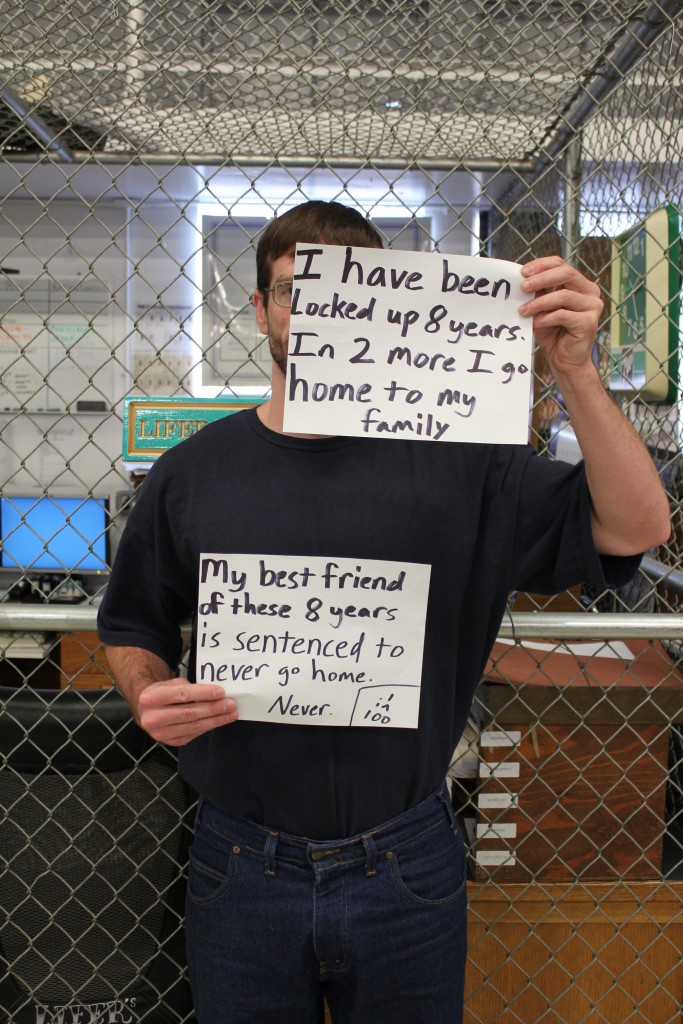from The New York Times, article on “Momentum on Criminal Justice Repair“:
[The] bill would sentence most first-time, low-level, nonviolent drug offenders to probation rather than prison; give judges more discretion to grant leniency; create alternatives to prison, like drug-treatment and mental-health programs; reward prison contractors for reducing recidivism; largely end federal prosecution of simple drug possession; and confine mandatory-minimum sentences to high-level traffickers.
In a joint interview last week, I asked Mr. Sensenbrenner about his evolution. And he gave a frighteningly honest response for a man who has sat for decades on the House Judiciary Committee: “We really aren’t exposed to the practical aspect of the criminal-justice system, or what happens or doesn’t happen in the prisons.” So when he and Mr. Scott held hearings on the subject beginning in 2013, Mr. Sensenbrenner said, he got an “education.”
…The legislators’ praise for their own handiwork consisted of repeatedly calling it “evidence-based,” rather than just, right or moral. Which prompted a question: “Isn’t all legislation evidence-based?”
They laughed. Mr. Sensenbrenner said, “No! No! No!” Especially not with criminal-justice bills, Mr. Scott added, recalling the adage “No politician ever votes against a crime bill named after somebody” — meaning a victim. Now America will learn whether a nameless crime bill, defending faceless and unpopular prisoners, is a rare moon with a chance.



